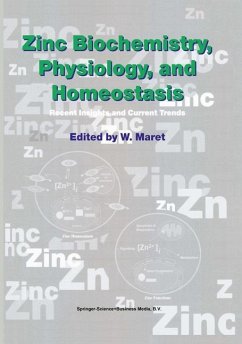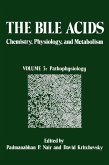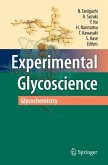Chapters in this book review the remarkable advances in the field of zinc biology over the last decade. Zinc is essential for life, in particular for growth and development, through its role in hundreds of zinc enzymes and thousands of zinc proteins. Its catalytic, structural, and regulatory functions in these proteins impact metabolism, gene expression, and signal transduction, including neurotransmission. Among the micronutrients, zinc may rank with iron as to its importance for public health.
The topics covered range from single molecules to cells and to whole organisms: the chemistry, design, and application of fluorophores for the determination of cellular zinc; the role of zinc in proliferation, differentiation, and apoptosis of cells; proteins that transport, sense, and distribute zinc and together form a cellular homeostatic system; the coordination chemistry of zinc in metalloproteins; the role of zinc in the brain as a neuromodulator/transmitter; the dependence of the immune system on zinc; zinc homeostasis in the whole human body.
The topics covered range from single molecules to cells and to whole organisms: the chemistry, design, and application of fluorophores for the determination of cellular zinc; the role of zinc in proliferation, differentiation, and apoptosis of cells; proteins that transport, sense, and distribute zinc and together form a cellular homeostatic system; the coordination chemistry of zinc in metalloproteins; the role of zinc in the brain as a neuromodulator/transmitter; the dependence of the immune system on zinc; zinc homeostasis in the whole human body.








